Why morning dress is flattering, tasteful and essential for weddings
Whether you splash out or keep it simple, one thing you shouldn't compromise on is your wedding clothes – and morning dress is best, says Jonathan Self.
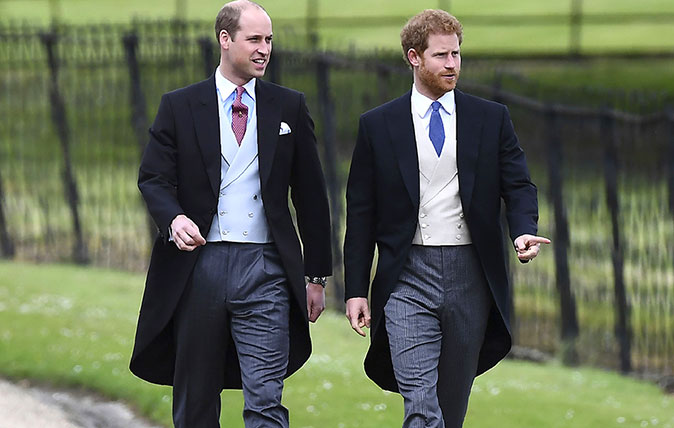

I was raised by my grandmother to believe that there are appropriate clothes for each part of the day and for every type of event. If one wore the wrong clothes, it was a sign of ignorance, mental illness or rebellion and, in social situations, also an insult to one’s guests or hosts.
To offer a single example, if one was invited to a traditional Himba wedding ceremony in Namibia, where, as part of the preparations, the women strip more or less naked and perform ondjongo – settle down, it’s a special dance – and the daytime temperature is often 40˚C, one would still wear one’s morning dress, complete with gloves and top hat.
The wonderful thing about morning dress is that, whether you’re tall or short, thin or stout, it’s incredibly flattering. This is largely thanks to the unique shape of the morning or dress coat, which is waist-length in the front and sides, but curves away gradually to form a knee-length, or below-the knee-length, tail with a single vent (although there are many variations, including the delightfully named weaselbelly).
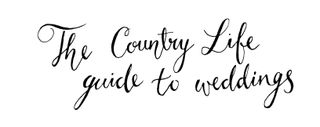
Read all Country Life's wedding advice from our special coverage – including tips on picking bridesmaids, planning a country wedding, and why keeping it simple is often the best policy.fe weddings
It should be worn, incidentally, with a waistcoat, a limited range of trouser options (grey, black, striped or, if one fancies oneself as something of a Beau Brummell, houndstooth) and braces. Belts with morning dress spell sartorial death.
Such a costume is not only elegant, but gives the wearer an air of authority. It’s no coincidence that morning dress used frequently to be worn as a matter of course by really powerful men, such as kings, dictators, conductors, military commanders and head waiters.
"Remember what Oscar Wilde said: ‘You can never be overdressed or overeducated.’"
Its history, incidentally, can be traced back to 18th-century riding coats and it has been de rigueur at British weddings for more than 200 years.
Sign up for the Country Life Newsletter
Exquisite houses, the beauty of Nature, and how to get the most from your life, straight to your inbox.
Debrett’s, the recognised authority on etiquette since 1769, is blunt on the subject: ‘Morning dress is traditional dress for British weddings.’ However, its authors do recognise that, in certain (regrettable) circumstances, this is unrealistic: ‘A middle ground may be for the principal wedding party to wear morning dress and for the guests to wear lounge suits.’
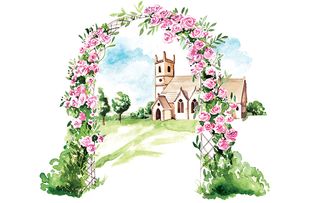
The secret to a good wedding? More sincerity, less triviality
The secret of the classic country wedding is quality over quantity, says Giles Kime
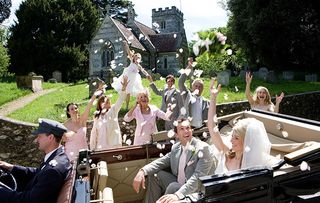
Credit: Alamy
Wedding myths debunked, and mysteries explained
Weddings are as chock full of myth and superstition as they are canapés and crazy relatives.
What if the principal wedding party goes, as it were, fashion feral? For example, what if, as happened to me on one occasion, the marriage is to take place in a tepee in the grounds of the bride’s family home and the principal wedding party intend to wear clothes that look as if they have been gathered together from dressing-up boxes and charity shops?
On such an occasion, my advice is to hold firm to one’s principles and remember what Oscar Wilde said: ‘You can never be overdressed or overeducated.’
Jonathan Self
Bringing the quintessential English rural idle to life via interiors, food and drink, property and more Country Life’s travel content offers a window into the stunning scenery, imposing stately homes and quaint villages which make the UK’s countryside some of the most visited in the world.
-
 The real name of a 'ghost' rainbow, the first ever omnishambles, and golf on the moon: Country Life Quiz of the Day 20 February 2025
The real name of a 'ghost' rainbow, the first ever omnishambles, and golf on the moon: Country Life Quiz of the Day 20 February 2025Some real brainteasers for you in our Quiz of the Day. Good luck!
By Toby Keel Published
-
 Tom Parker Bowles's favourite recipe: French onion soup
Tom Parker Bowles's favourite recipe: French onion soupThis dish is no mere Gallic broth, rather pure bonhomie in a bowl — a boozy, beefy, allium-scented masterpiece that cries out for the chill depths of winter
By Tom Parker Bowles Published
-
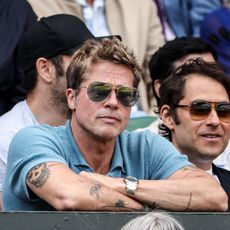 Dawn Chorus: How to bag a Vacheron Constantin watch like Brad Pitt’s 222 and why London’s Sloane Street is looking better than ever
Dawn Chorus: How to bag a Vacheron Constantin watch like Brad Pitt’s 222 and why London’s Sloane Street is looking better than everEverything you need to know today, including a new version of the watch Brad Pitt made headlines with at Wimbledon, the Harvey Nichols pasta pop-up and Sloane Street’s £40million face lift.
By Rosie Paterson Published
-
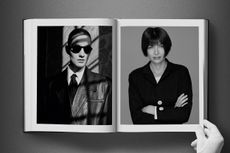 When London was beginning to establish itself as modern cultural powerhouse: The 1980s according to David Bailey
When London was beginning to establish itself as modern cultural powerhouse: The 1980s according to David BaileyIn his new book ‘Eighties Bailey’, ‘era-defining’ photographer David Bailey explores a time when London and the UK were at the centre of the fashion, art and publishing worlds.
By Richard MacKichan Published
-
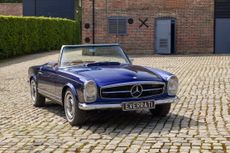 The Everrati Pagoda: An electric wolf in classic combustion clothing
The Everrati Pagoda: An electric wolf in classic combustion clothingWhat do John Lennon, Audrey Hepburn, Charlton Heston, Kate Moss and Harry Styles have in common? They all owned an SL Pagoda. But they won't have owned one as nice as this.
By Adam Hay-Nicholls Published
-
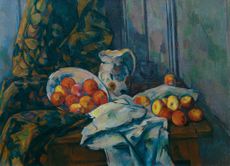 ‘Seeing all these pictures at the same time is a rare privilege’: ‘Goya to Impressionism’ opens at The Courtauld
‘Seeing all these pictures at the same time is a rare privilege’: ‘Goya to Impressionism’ opens at The CourtauldThe Courtauld’s new exhibition marks the first time that a significant portion of one of Switzerland’s most important art collections has been shown in one go, outside of the country.
By Carla Passino Published
-
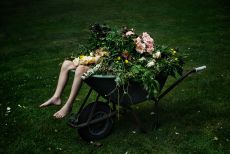 In full bloom: 'Flowers: Flora in art and culture' opens at the Saatchi Gallery
In full bloom: 'Flowers: Flora in art and culture' opens at the Saatchi GalleryFrom 100,000 dried flowers to a contemporary interpretation of Van Gogh’s 'Sunflowers', the Saatchi Gallery's new 'Flowers' exhibition is the perfect spring antidote to long winter days.
By Charlotte Mullins Published
-
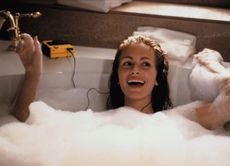 Land of soap and glory: How the British beauty industry is setting global standards for sustainability and style
Land of soap and glory: How the British beauty industry is setting global standards for sustainability and styleFrom packaging inspired by Paganism and fragrances released on the equinox and solstice, to powerhouse ingredients grown right here in Britain — we are leading the way when it comes to innovative and effective beauty products.
By Jennifer George Published
-
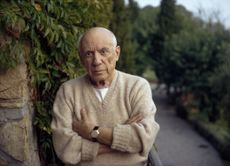 This rare Picasso lithograph could be yours for £60,000
This rare Picasso lithograph could be yours for £60,000Picasso's 'David and Bathsheba' — printed on rare Chinese silk paper and intertwined with the artist's infamous and complicated love life — has come up for sale.
By Carla Passino Published
-
 'We moved here to be in a remote area, but there are 1,000 cars and motorhomes passing my house every day. It’s like Disneyland': How Scotland's best roads are causing local people the biggest headaches
'We moved here to be in a remote area, but there are 1,000 cars and motorhomes passing my house every day. It’s like Disneyland': How Scotland's best roads are causing local people the biggest headaches10 years after it was established, the North Coast 500 continues to divide opinion. More tourism means more money, but for those who live along the route, their peaceful lives have been turned upside down. Matthew MacConnell investigates.
By Matthew MacConnell Last updated